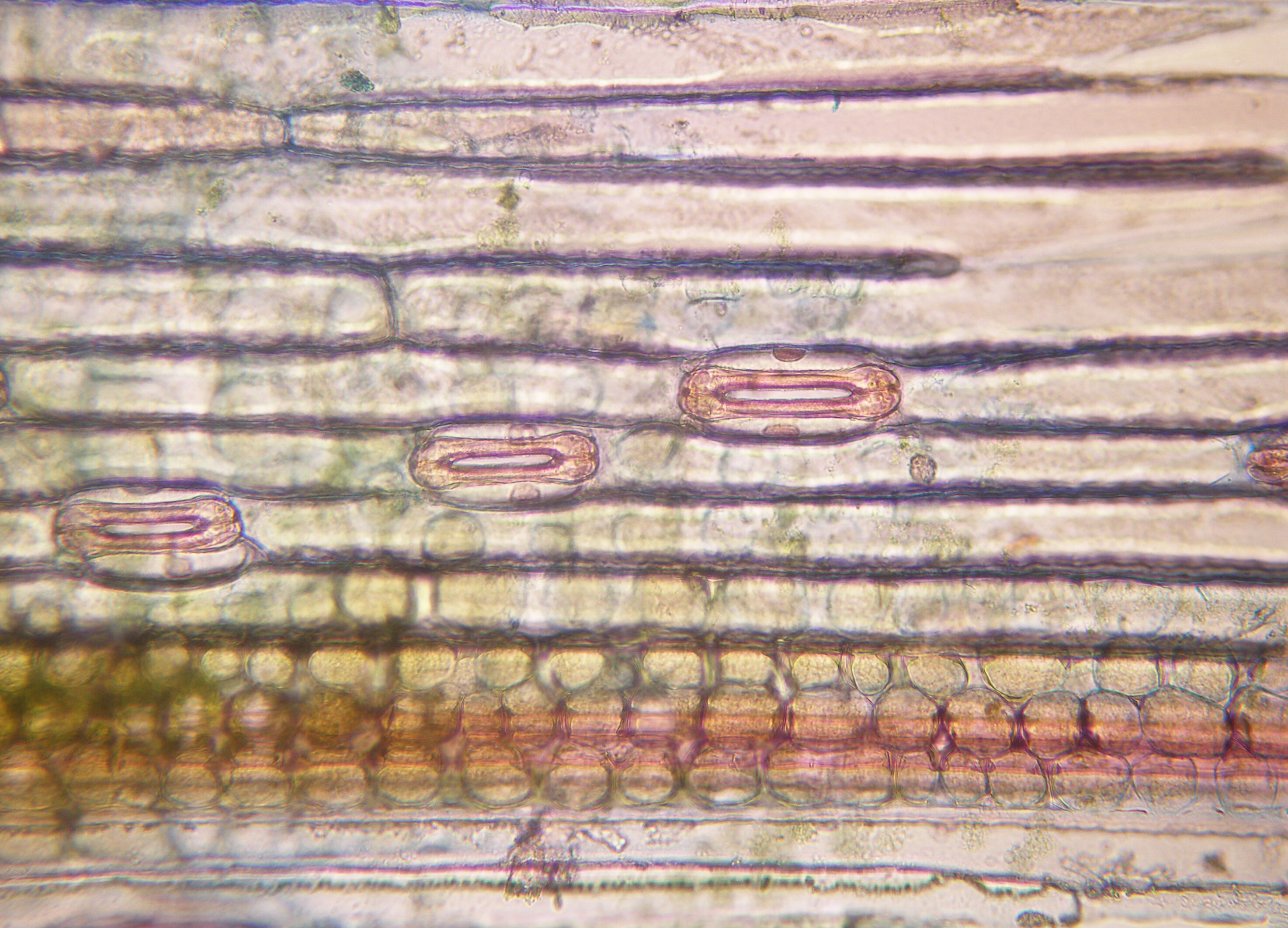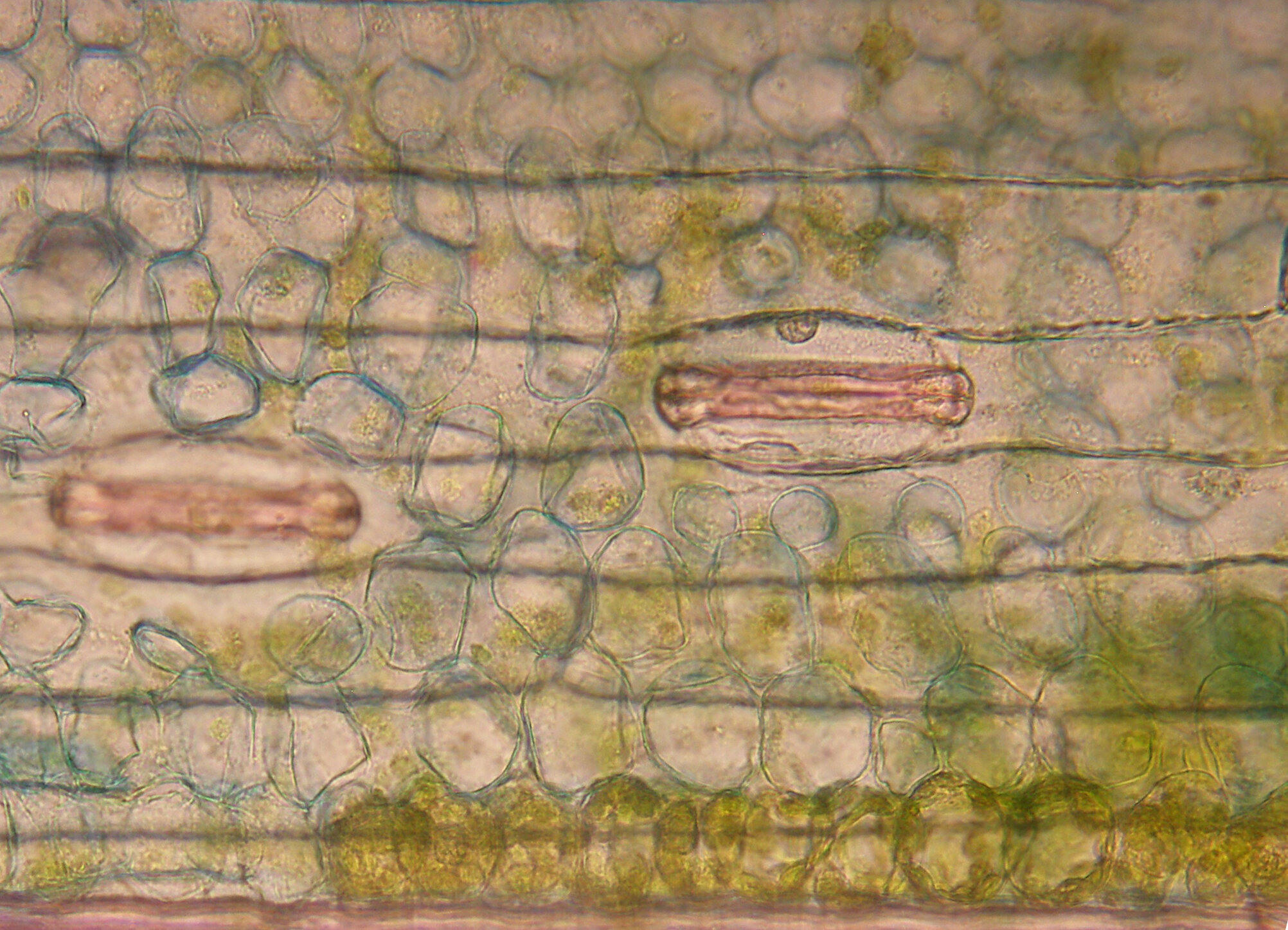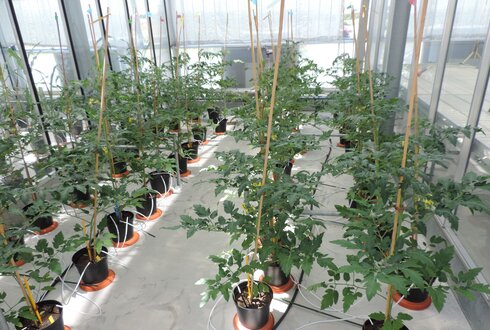
Reduce drought stress
Crops are repeatedly exposed to short or prolonged periods of drought. The related water or drought stress can lead to significant yield reductions or even complete crop failure. In this article you will read,
- how plants react to dry periods,
- what water stress means,
- why climate change favors drought stress, and
- how you can secure your yield despite drought stress.
How plants react to periods of drought
Many plants are able to cope with both temporary and prolonged periods of drought. In the course of their development, they have developed anatomical features that protect them from intense heat and evaporation. These include:
- particularly thick cuticle (waxy layer on the epidermis of plant cells)
- small leaves
- the formation of hairs
- a well-developed root system.
Avoiding the effects of drought stress: These options are available
Growers have several options to avoid the harmful effects of water stress on plants:
- A modern irrigation system can help reduce the effects of drought stress.
- Special cultivars have a particularly high drought stress tolerance. However, under optimal conditions, their yields often cannot compete with regular varieties.
- Plant density can be used to influence the water consumption of the entire crop.
- Skillful tillage and soil cover allow evaporation to be reduced, making more water available to plants.
- Fertilizers and biostimulants optimize the water supply to plants and soil.
Easy-to-use biostimulants, in particular, are an important component in the fight against drought stress. They help optimize nutrient and water supply, ward off oxygen radicals and actively repair cell damage.
At a glance: How AMALGEROL ESSENCE helps with drought stress
AMALGEROL ESSENCE can be used both preventively and curatively. The biostimulant
- provides a better water supply preventively by improving root growth and soil structure,
- contains osmolytically active substances such as carbohydrates and amino acids that increase cell integrity, and
- relies on antioxidants to ward off oxygen radicals and prevent cell damage.
Plants under drought stress: negative effects can be significant
Plants respond to drought stress by regulating water release. This is done by the opening state of the stomata (stomata). Dry periods lead to closure of the stomata and thus prevent water loss.
At the cellular level, drought stress sets numerous processes in motion. On the one hand, certain molecules are enriched to protect living cells - including carbohydrates, antioxidants and especially amino acids. On the other hand, closed stomata also significantly reduce CO2 uptake. This, in turn, is highly problematic for agriculture. Drought stress can lead to considerable yield losses or even complete crop failure!
This is mainly due to the fact that the plant can no longer fully utilize the sunlight absorbed during photosynthesis. As a result, aggressive oxygen radicals are formed which damage numerous important cell components (e.g. chlorophyll) and can even lead to cell death. Corresponding oxygen compounds must therefore be rendered harmless.
"Plants respond very quickly to drought with physiological adaptations."

What is water stress?

Stress to plants caused by a lack of water is referred to as drought stress or water stress. Inadequate water supply is accompanied by rapid onset physiological stress responses that can damage crops. Substantial yield losses are to be feared. Three factors for water stress:
- Low precipitation: lack of precipitation or too little precipitation causes acute water shortages.
- Evaporation: High temperatures and low humidity lead to evaporation of soil water, which is subsequently no longer available to plants.
- Transpiration: In addition to the evaporation of soil water, the plant itself also undergoes evaporation processes. This so-called transpiration occurs primarily through the stomata of the epidermis.
Water stress is therefore usually caused by a combination of insufficient rainfall and the consequences of heat. Whether water or drought stress occurs also depends strongly on the interaction between plants and soil.
One measure of the plant's water supply is the "usable field capacity" (uFC), which is usually expressed as a percentage. If the usable field capacity falls below 50%, drought stress is likely to set in.
Drought stress is measurable

Thanks to scientific studies, the physiological processes that occur in plants in connection with drought stress are now well known. In particular, drought stress leads to an accumulation of the amino acid proline, which plays an important role in stress defense. Proline is therefore considered an important biochemical marker for measuring drought stress.
However, water stress can also be measured on the basis of stomatal conductivity. It indicates how high the water loss via the stomata is.
Climate change could favor drought stress

Drought stress repeatedly leads to crop impairment and is therefore a significant issue for farmers. Especially as the problem could be intensified in the coming years as a result of climate change. Climate change is also having a significant impact on precipitation levels in Europe. Increased precipitation is expected in the central and northern European winter, which may even have a positive effect on some crops.
However, dry periods are likely to increase in spring and summer. Extreme weather events such as prolonged dry periods will also become more frequent, according to climate researchers. Drought stress and associated yield losses could therefore become more explosive.
experience Drought stress in tomatoes

Treatment with the biostimulant AMALGEROL ESSENCE has been shown to help significantly reduce or completely prevent damage from drought stress. This is proven by a scientific trial at the Vegenov Institute in France.
experience Recovery from frost event

AMALGEROL saves orange plantation in Spain after a surprising frost event. Temperatures were below the limit for citrus plants for several days.
